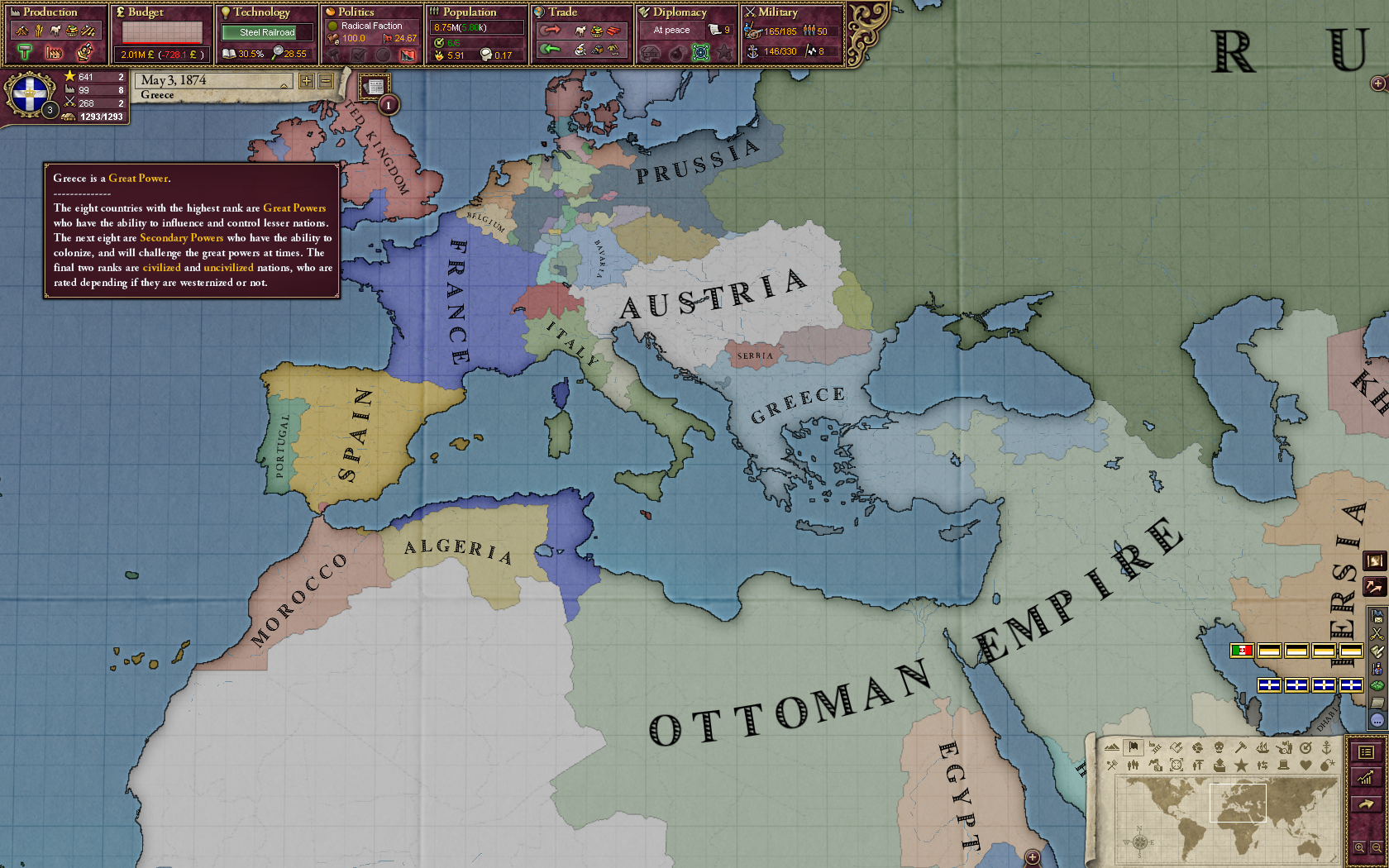

I would say that I use both approaches equally.Īpproach 1 is more common for me when I make something similar to past projects- for example, a 16th century kirtle or gown. There are two ways I approach making historical clothing: 1, having an idea already of what I want to make and then researching if it's accurate, then beginning the project (can be risky) 2, doing inspirational research to give me ideas on what I could make because I haven't attempted it before, and then beginning the project. I wasn't coming from a place of no information when I set out to make these clothes, but it was still a learning experience that required considerable research, trial and error, and trying out new techniques. Over the last few years, I had watched and learned from her how she made her Ottoman clothing (as she is very knowledgeable and skilled in this area), but didn't think I'd end up making any myself.

In early spring, I decided to make myself some Ottoman clothes to wear at this tournament in support of her.

My friend and her consort were planning on entering Crown Tournament that would take place in April 2015. While that is still my favorite period to re-create, in the last year there were too many opportunities to make Ottoman to pass them up. I swore I would never make anything like that, because for several years, I was firmly in the camp of fancy European clothes. The entire time I've been friends with her, she has made and worn clothing from that time period. My best friend in the SCA (and modern world, too) is a lover and student of 15th-16th century Turkey and the Ottoman Empire. They were fascinating despite not being my main area of costume study. I looked over them all, and read many of them all the way through. Shown here is a picture of the books Valide Sultan Esther loaned me so I could study up before I made TRMs Coronation clothes. Here's a post about research for 16th century Turkish / Ottoman Empire clothing.


 0 kommentar(er)
0 kommentar(er)
